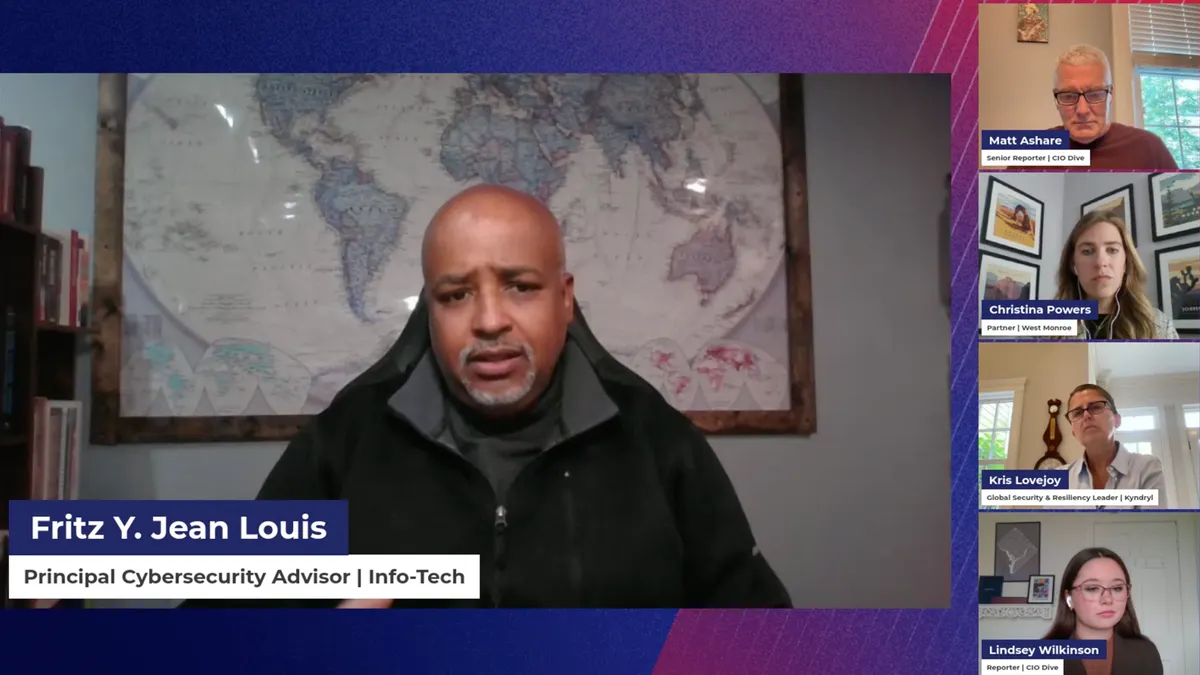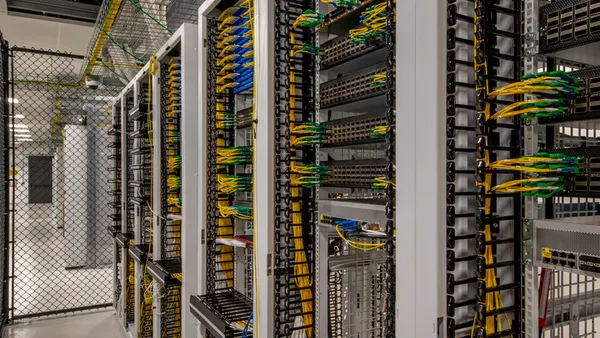Dive Brief:
- Costly software outages are endemic across industries, due largely to a disconnect between IT leaders and developers, according to a Tuesday Tricentis report. The quality engineering tool vendor commissioned Censuswide to survey over 2,700 CIOs, CTOs and IT engineering professionals in March.
- Two-thirds of companies expect a major disruption over the next year, with nearly one-quarter of respondents characterizing their organization’s level of risk as “extreme,” the report found.
- “Severe outages are the ones that tend to get noticed,” Lee McClendon, chief digital and technology officer at Tricentis, told CIO Dive. “People in IT know that when a significant executive knows about a problem and is breathing down their neck, it’s a big deal.”
Dive Insight:
As businesses turn to the latest technology to accelerate innovation and drive growth, leaders are telegraphing mixed messages to software development teams, prioritizing speed over quality.
Nearly two-thirds of respondents acknowledged their organization regularly deploys untested code, either accidentally or to meet expedited release schedules. More than three times as many developers felt pressure to accelerate delivery rather than enhance software quality, Tricentis found.
The downstream effect of misaligned incentives can be costly.
Outages caused by faulty code strain IT resources, cutting into productivity and profits, McClendon said. Costs tied to software outages surpassed $1 million annually for 2 in 5 organizations surveyed, and nearly half of financial services reported losses exceeding $5 million.
“An outage that affects how you make money is always the easiest one to see,” said McClendon, pointing to consumer-facing website and app failures.
Enterprises scrutinized software engineering practices and bolstered incident response and recovery plans last year in the aftermath of the global outage caused by a faulty CrowdStrike Windows systems security update. Direct losses among the Fortune 500 were estimated at $5 billion and Windows system crashes left airline passengers stranded as carriers canceled thousands of flights.
Outdated systems can hamstring remediation efforts. More than one-third of respondents to the Tricentis survey said services technical debt hinders software development. Nearly the same proportion pointed to poor communication between developers and testers as a major hurdle.
“There’s a disconnect between leadership and the people responsible for quality,” McClendon said. “In the quest to be faster, we have to constantly remind our teams that we also want quality.”
The emergence of generative AI assistants trained to test code and perform other time-consuming tasks can help elevate quality and cut through tech debt. AI coding tools can also turn the heat up on developers to deliver software faster, according to a March HackerRank report.
Technology executives are looking to agentic automation to speed delivery processes. More than 4 in 5 CIOs, CTOs and software delivery professionals expect the technology to yield productivity gains by taking over repetitive coding tasks, according to Tricentis. Nine in 10 respondents said they trust AI to make critical software release decisions.
The impetus is on leaders to set a tone that prizes quality and efficiency, said McClendon. “If you focus on speed and you're not considering quality as well, we know that bad things are going to happen,” he added.















